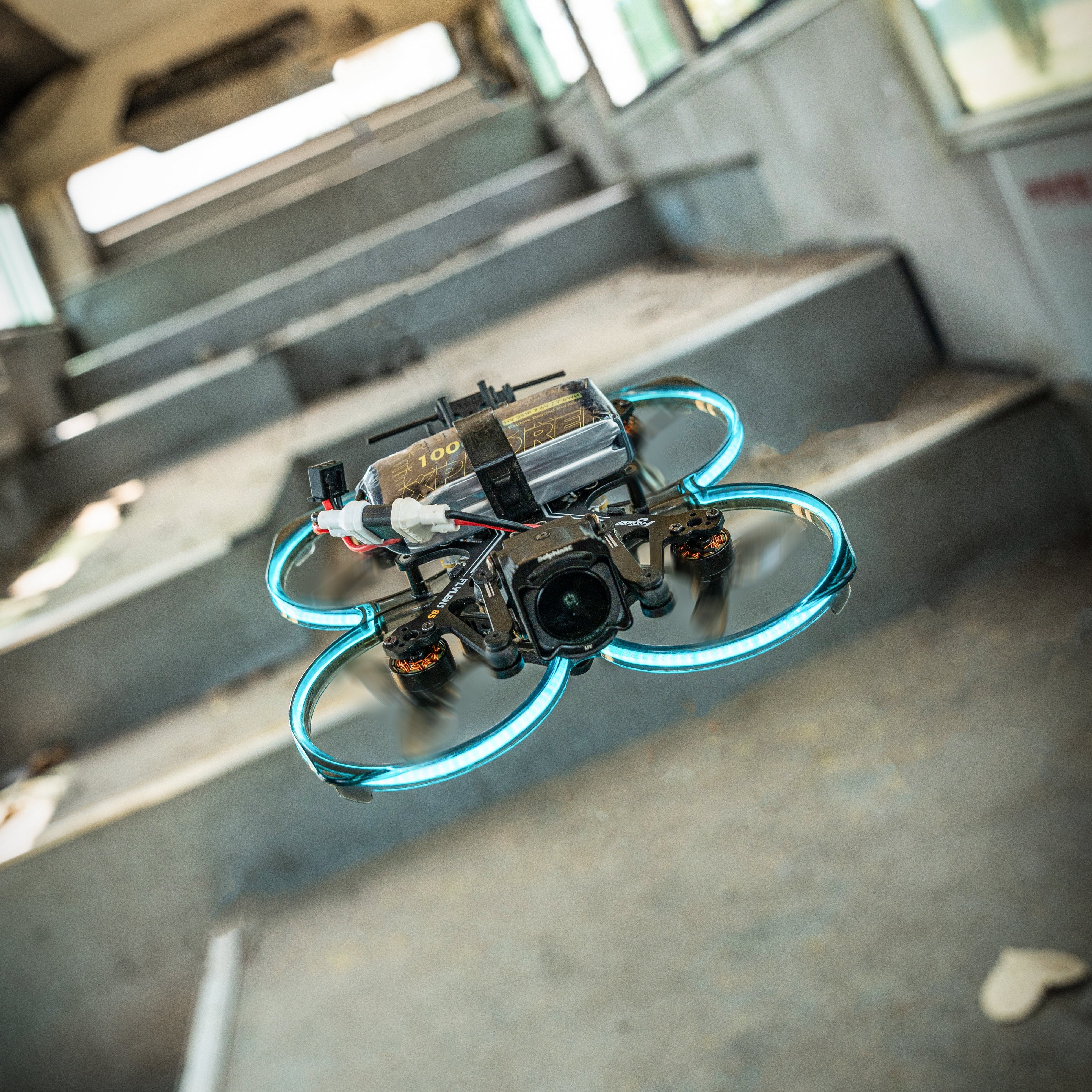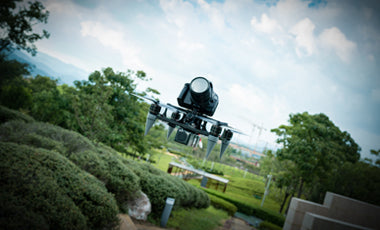
"Flying is not a privilege, but a responsibility."
FPV (First Person View) racing drones are an extreme sport that demands exceptional flying skills. Due to their significant freedom of movement and uncertainties in signal transmission from various software and hardware components, flying poses high risks. Flying without protective measures can lead to severe injuries or fatalities for both operators and spectators. With countless racing tracks available, safety should always be the top priority. Before diving into FPV drone racing, it is crucial to thoroughly understand the following safety precautions.
1. Ensure the Safety of Others
1.1 Check Restricted Flight Areas Before Flying
Adherence to legal flying conditions is fundamental. Ensure that outdoor flights are conducted outside restricted areas.
1.2 Keep a Safe Distance from Crowds
Given the unpredictable nature of FPV drones, never assume full control. Maintaining a safe distance from crowds is the only way to ensure safety.
1.3 Clearly Define Flying Radius and Endurance
FPV drones have limited video transmission range, and flight relies solely on the first-person perspective. Most racing drones lack low-battery landing or return functions, posing significant safety hazards if the drone flies out of range.
2.Ensure Pilot Safety
2.1 Remove Propellers During Power-On Debugging
Connecting the FPV drone to a computer for firmware uploads or parameter debugging poses risks if external batteries are connected, as it may unexpectedly start during the firmware upload process, resulting in injuries or damage.
2.2 Perform Hover Testing Before Flight
After each component or firmware change, conduct a hover test to ensure the drone's flight functions are normal.
2.3 Avoid Powering On When Others Are Flying
Powering on two FPV drones sharing the same video transmission channel can cause signal conflicts, resulting in the loss of control for the drone in flight.
2.4 Monitor Lithium Battery Charging Throughout
Most FPV racing drone lithium batteries lack charging protection and rely on the charger for voltage and current control. High voltage or current during charging may lead to combustion or explosion.
2.5 FPV Drones Are Not Toys; Avoid Lending
Novice players with limited flying skills and weak safety awareness can lead to disastrous consequences when handling a real FPV drone. Each drone may have differences in functionality and feel, making lending FPV drones a high-risk endeavor.





Leave a comment